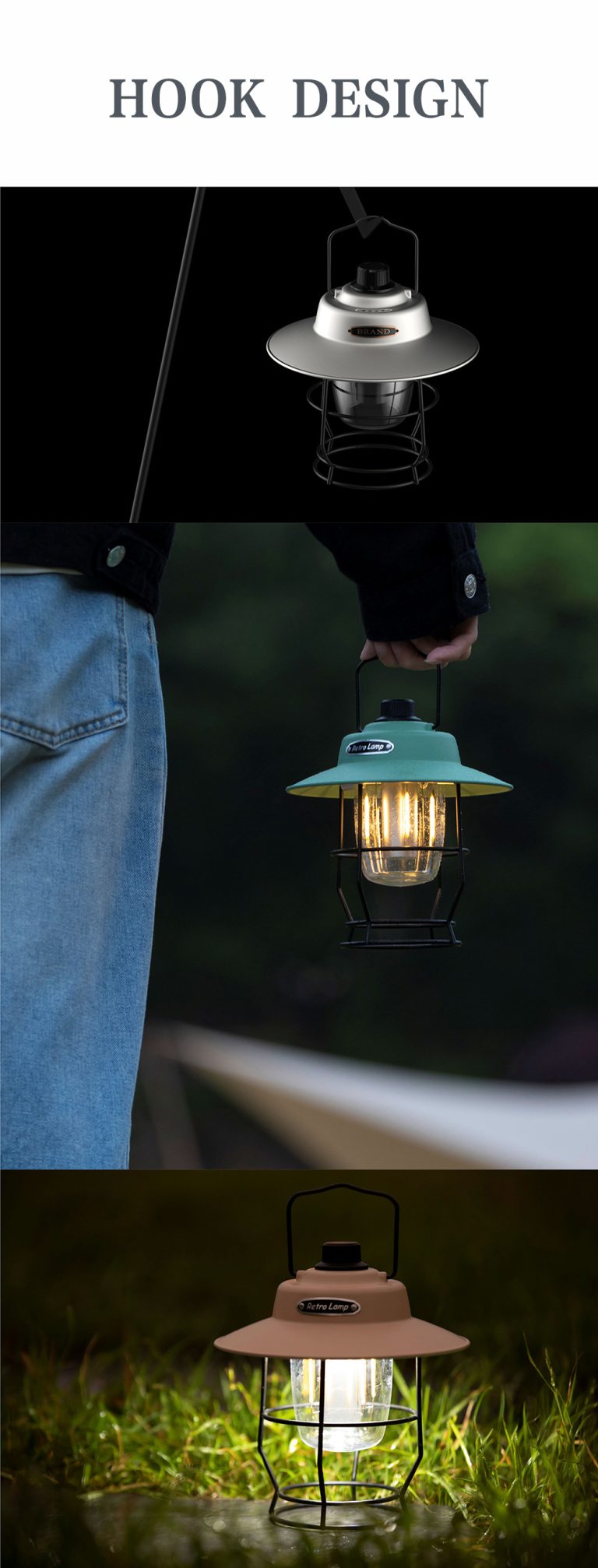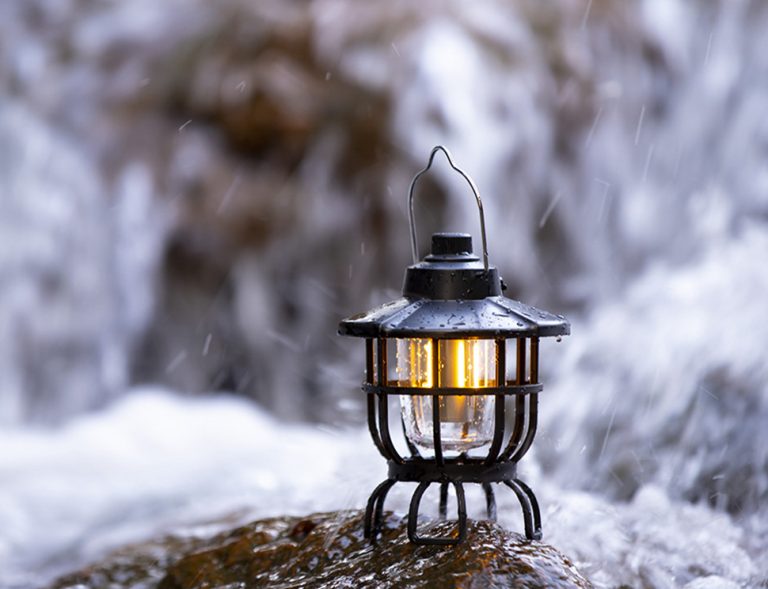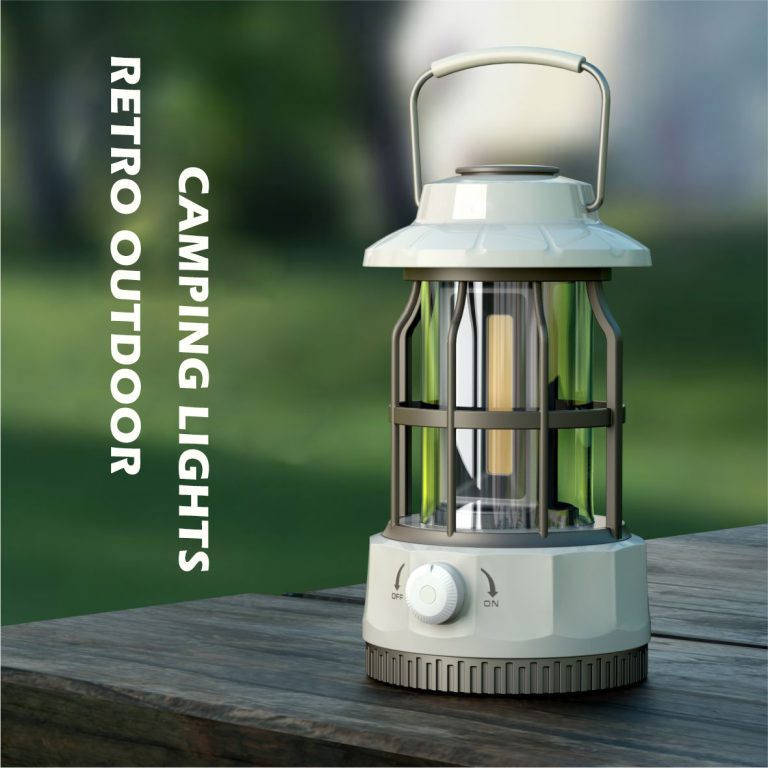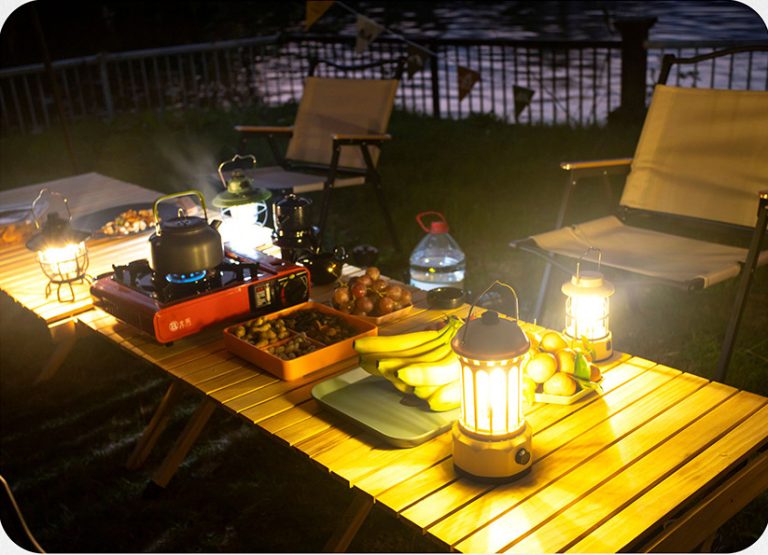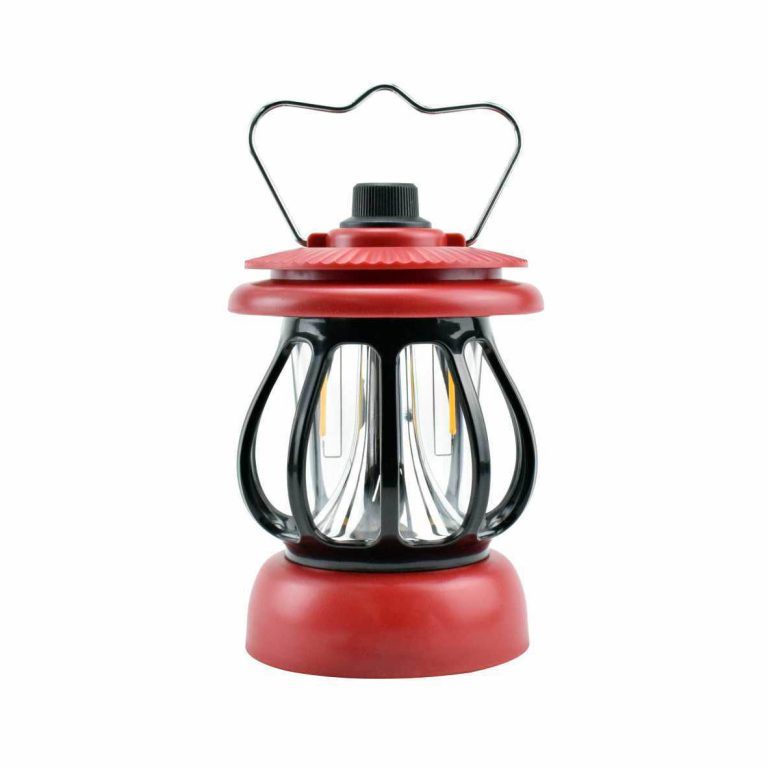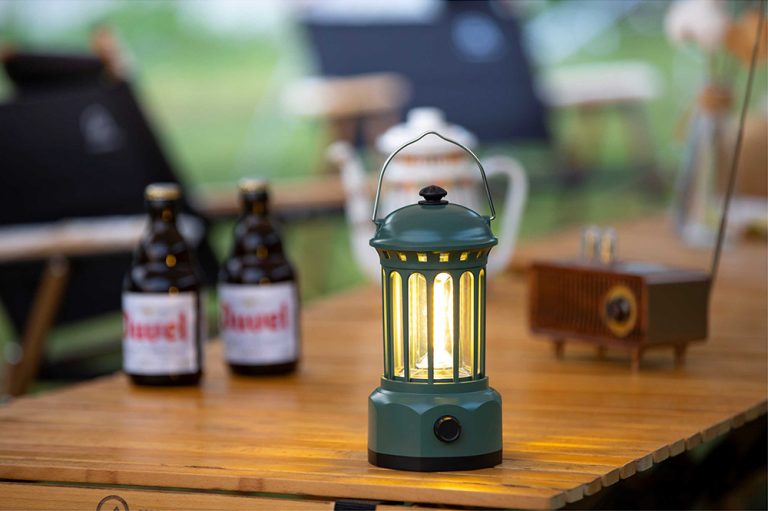How to Choose the Perfect Outdoor LED Camping Light: A Comprehensive Guide to Pros and Cons
As camping becomes an increasingly popular outdoor activity, the demand for outdoor camping lights has grown significantly. A good camping light not only illuminates the night but also enhances the overall camping experience. In this article, we’ll dive into the pros and cons of LED camping lights and guide you on how to choose the right camping light for your needs.
Why Choose an LED Camping Light?
LED camping lights are a popular choice among outdoor enthusiasts due to their high brightness, low energy consumption, and long lifespan. Compared to traditional light sources, LED technology offers the following advantages:
1. Energy Efficiency : LED lights consume minimal power, significantly extending battery life, especially suitable for extended camping trips.
2. Soft Lighting : LED lights provide soft, adjustable brightness to suit various scenarios, from nighttime illumination to creating a cozy ambiance for meals.
3. Safe and Reliable : With low heat emission, LED lights reduce the risk of accidental burns, making them ideal for families with children or pets.
However, LED camping lights do have a few downsides, such as higher initial costs and potentially reduced performance in extreme cold conditions. Still, these drawbacks are unlikely to outweigh their benefits for most users.
How to Choose the Right Camping Light?
When purchasing a camping light, it’s essential to consider your specific needs and intended usage scenarios. Here are some key factors to keep in mind:
1. Brightness and Dimming Options
Brightness requirements vary depending on the camping scenario. Measured in lumens (lm), a typical tent interior may require 100–300 lumens, while a larger campsite may need higher brightness. Adjustable brightness makes the light more versatile, fitting activities from dining to resting.
2. Power Source
Camping lights usually come with one of the following power options:
– Battery-Powered : Ideal for extended trips but requires spare batteries.
– USB Rechargeable : Convenient but may need a power bank for backup.
– Solar-Powered : Eco-friendly and practical but weather-dependent.
3. Water Resistance
Outdoor environments can be unpredictable, so choosing a light with a waterproof rating (e.g., IPX4 or higher) ensures reliable performance even in wet conditions.
4. Portability and Installation
Lightweight designs and versatile installation options (hooks, magnets, or stands) allow flexible lighting setups and add convenience to your camping experience.
5. Additional Features
Some LED camping lights come with extra functionalities like USB charging ports, emergency SOS signals, and more. These can be particularly useful in unexpected situations.

Pros and Cons of LED Camping Lights
Pros
– Highly energy-efficient, offering extended usage time
– Soft lighting that’s easy on the eyes
– Diverse designs to suit various needs
– Safe and low heat emission
Cons
– Higher upfront cost compared to traditional lights
– May underperform in extreme weather conditions
– Requires regular charging or battery replacement
Conclusion
Choosing the right outdoor camping light not only ensures nighttime safety but also enhances the overall camping experience. Whether you’re a beginner camper or a seasoned outdoor enthusiast, following the tips in this article will help you find a camping light that’s both practical and durable.
If you’re still wondering how to choose a camping light , refer to the suggestions above and match them to your specific needs. May you enjoy the convenience and joy that excellent lighting brings to your next camping adventure!

